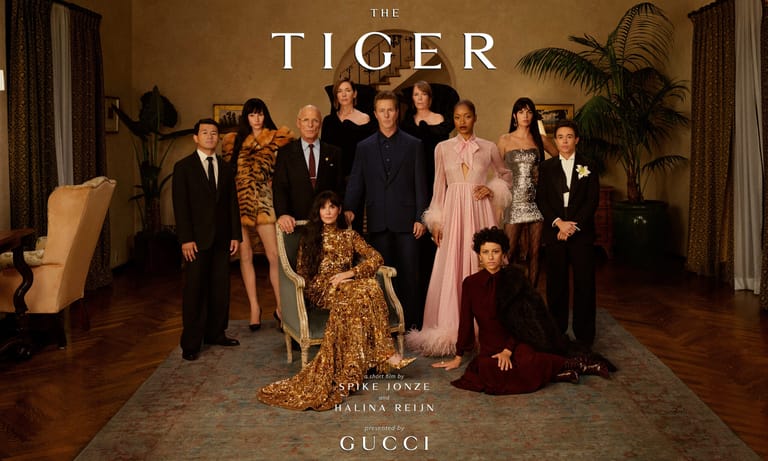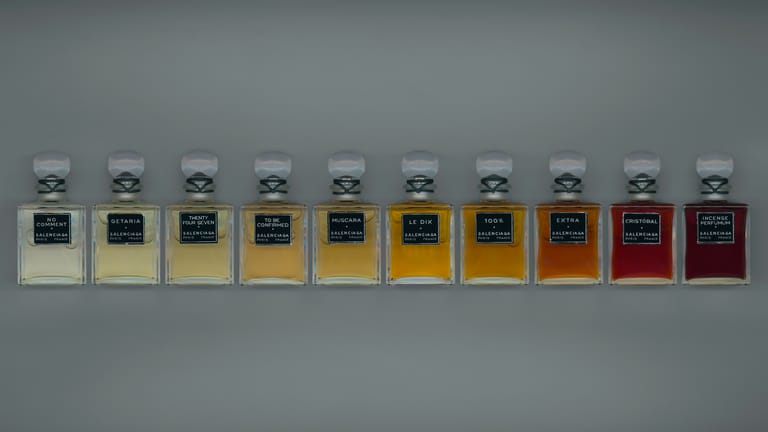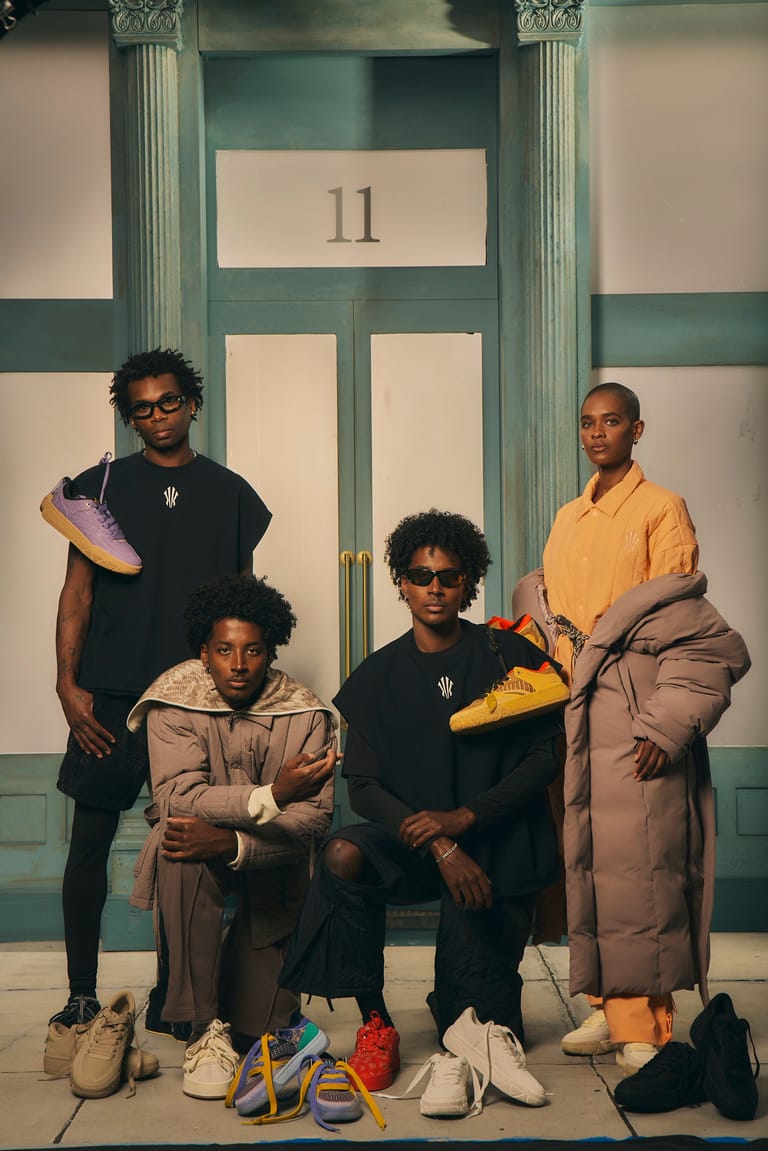Balenciaga x Puma Collaboration, Mixue Group Hits New High and Nike’s New Appointment
By
Flora Gu

Published on
March 12, 2025

Balenciaga x Puma Unveil First Collaboration at Paris Fashion Week

Balenciaga has debuted its first collaboration with Puma during its Fall/Winter 2025 show at Paris Fashion Week, featuring apparel, footwear, bags, and accessories. The collection highlights the Ultrasoft Speedcat, a reworked version of Puma’s Speedcat OG with deconstructed paneling and aged suede. Apparel includes tracksuits, bomber jackets, leather jackets, and a suede bathrobe. Accessories range from caps and gloves to oversized goggles and the Dyneema Marché Bag tote.
Mercedes Partners with China’s Hesai for Lidar-Equipped Smart Cars
Mercedes-Benz will integrate Chinese tech company Hesai’s lidar sensors into its smart driving vehicles for global markets, marking the first time a foreign automaker has used Chinese-made lidar for models sold outside China. The decision, made after months of deliberation, was driven by Hesai’s cost efficiency and production scale. Hesai also announced an exclusive multi-year lidar supply contract with an unnamed European automaker. The company is expanding production to meet growing demand, targeting an annual capacity of over 2 million units.
China Leads Global EV Sales Growth Despite EU Tariffs
Global electric vehicle sales rose 49 percent year-over-year in February, with China leading the increase despite the impact of EU tariffs on some Chinese-made models, according to Rho Motion. Sales of SAIC’s MG and other brands like Honda, Geely, and Tesla were affected, while BYD expanded its market share in Europe. European EV sales grew 19 percent, with Germany up 40 percent in early 2025. North America’s sales rose 17 percent, while Mexico’s market more than doubled due to increased Chinese EV imports.
Puma Reports Lower Quarterly Sales Amid U.S. and China Challenges
Puma expects low single-digit quarterly sales growth due to weaker performance in the U.S. and China, alongside geopolitical and economic uncertainties. The company projects 2025 adjusted EBIT of €520-600 million but anticipates a significant Q1 decline from last year’s €159 million. The company expects to incur one-time costs of up to 75 million euros in 2025 as part of its cost efficiency programme.
Xpeng Considers Up to $13.8 Billion Investment in Humanoid Robots
Chinese EV maker Xpeng is exploring long-term investment in humanoid robots, with potential funding reaching up to RMB 100 billion (USD $13.8 billion), according to CEO He Xiaopeng. The company entered the sector in 2020 and unveiled its humanoid Iron in 2023, competing with Tesla Bot. Other automakers, including Leapmotor, are also researching robotics for industrial applications. Chinese policymakers have highlighted humanoid robots as a key technology area for future development.
Mixue Group Hits New High, Market Value Exceeds HK$160 Billion
Shares of Mixue Group surged over 9 percent intraday to HK $430 (USD $54.80), reaching a new all-time high and pushing its market value past HK $160 billion (USD $20.4 billion). This marks the highest valuation in the global freshly made beverage industry. Since its IPO, seven days ago at HK $202.5 (USD $25.80), the stock has risen 112 percent at its peak price.
Taka Kasuga Joins Nike as Vice President of Design Excellence for Apparel, Accessories, and Equipment
Taka Kasuga, former design director for Arc’teryx’s Veilance line, has joined Nike as Vice President of Design Excellence for apparel, accessories, and equipment. Kasuga, known for his sleek and high-performance designs at Arc’teryx, brings his expertise in materiality, construction, and technical precision to Nike. His transition marks a significant shift from technical outerwear to sportswear, and his influence is expected to shape Nike’s future collections.
Laofengxiang Reports Decline in Revenue and Profit for 2024 Amid Weak Gold Demand
Laofengxiang reported a 20.5 percent year-on-year drop in revenue for 2024, totaling RMB 56.79 billion (approximately $8.14 billion), and an 11.95 percent decline in net profit to RMB 1.95 billion (approximately $281 million). The company attributes the downturn to weak global economic growth, insufficient domestic demand, and ongoing high gold prices, which have dampened jewelry consumption. Despite efforts to expand its market presence, including the launch of new retail concepts, the company’s network growth fell short of expectations, with a net reduction in franchise stores.












